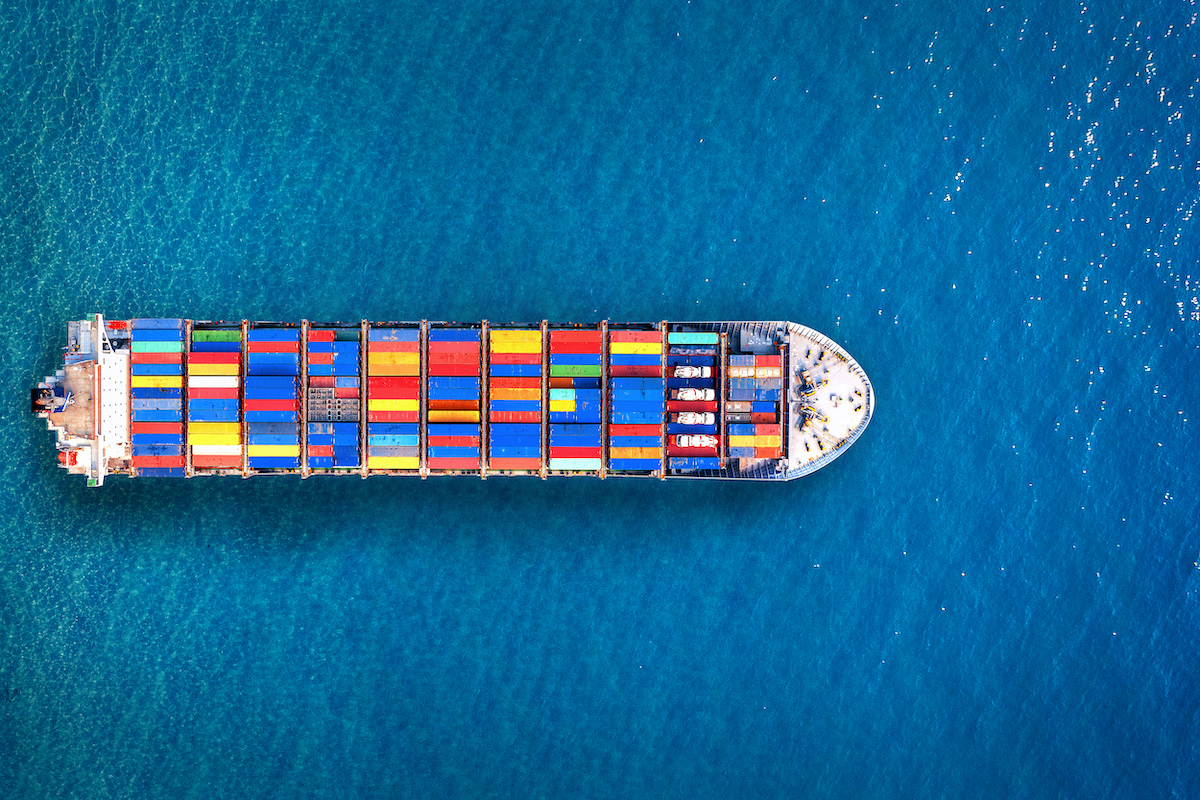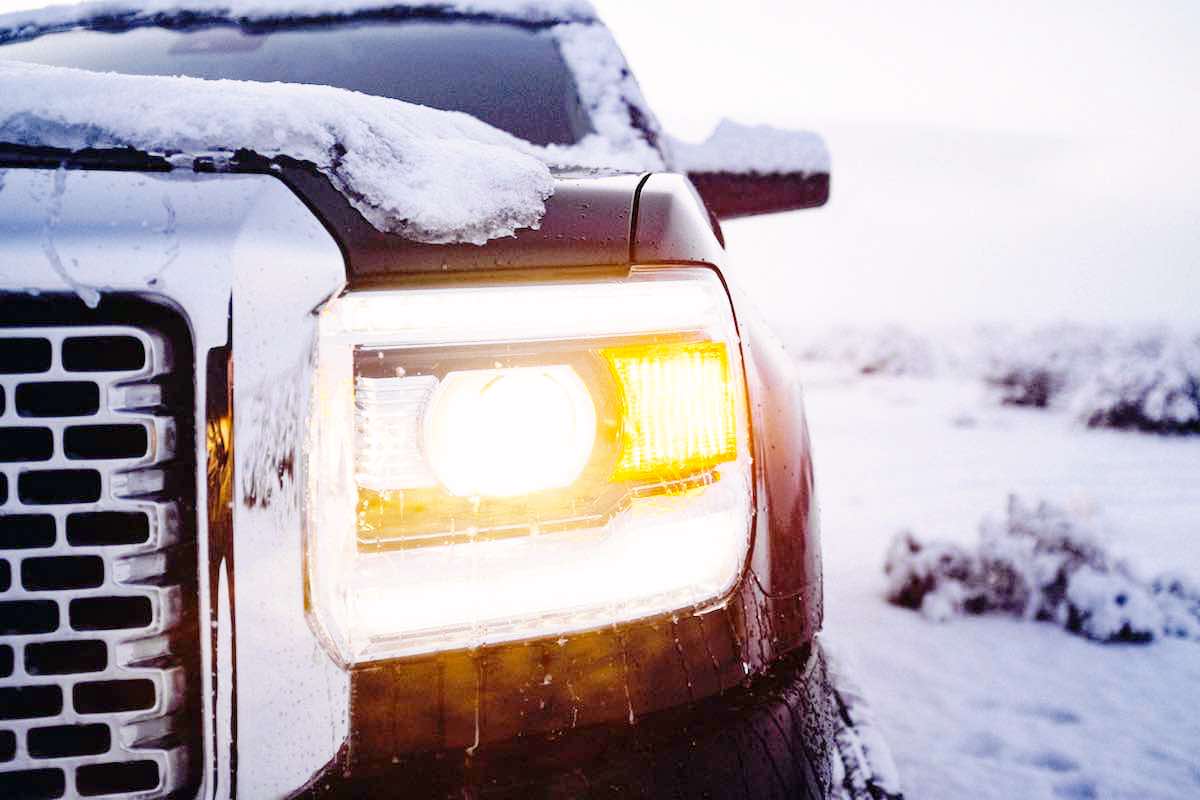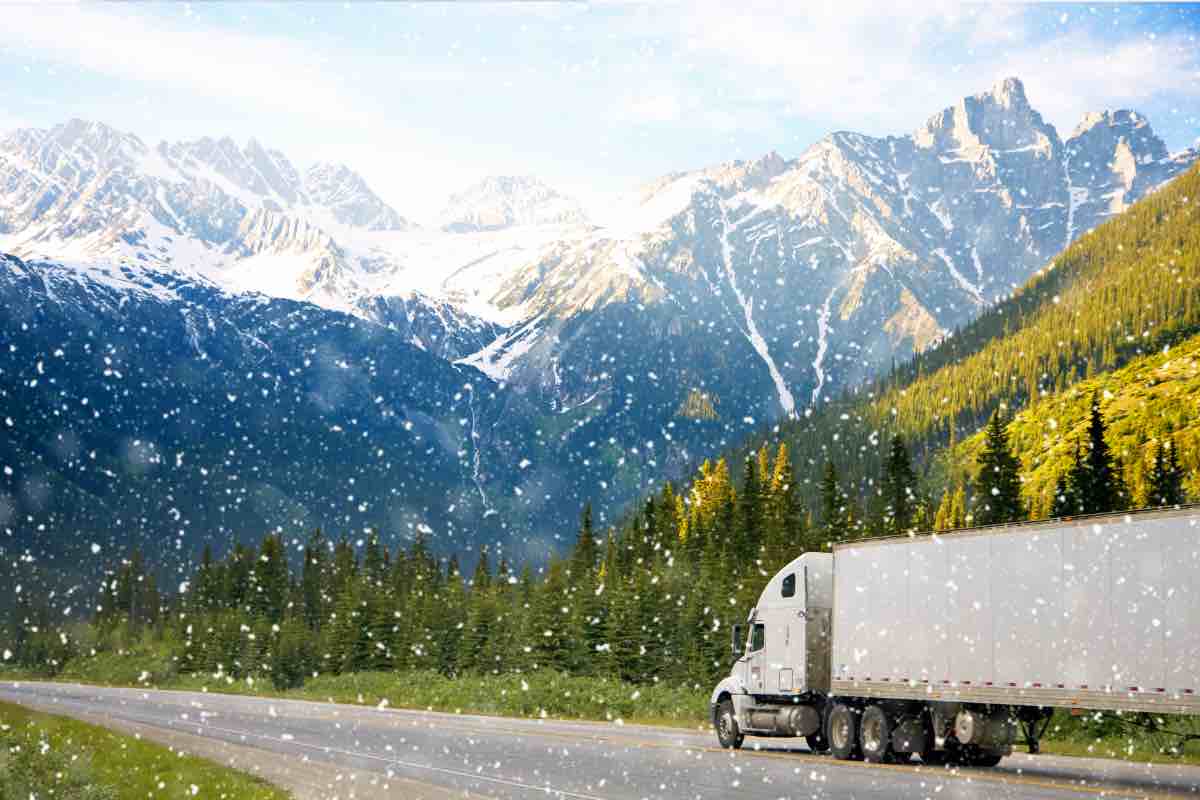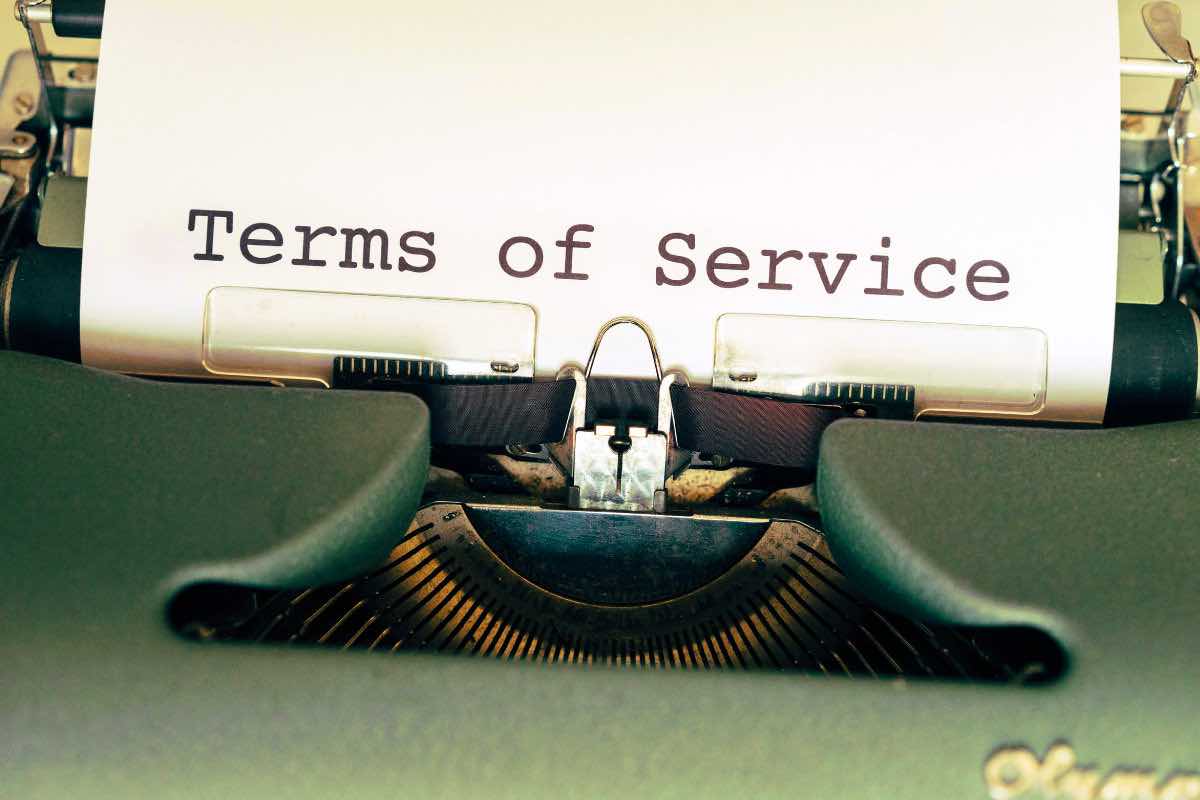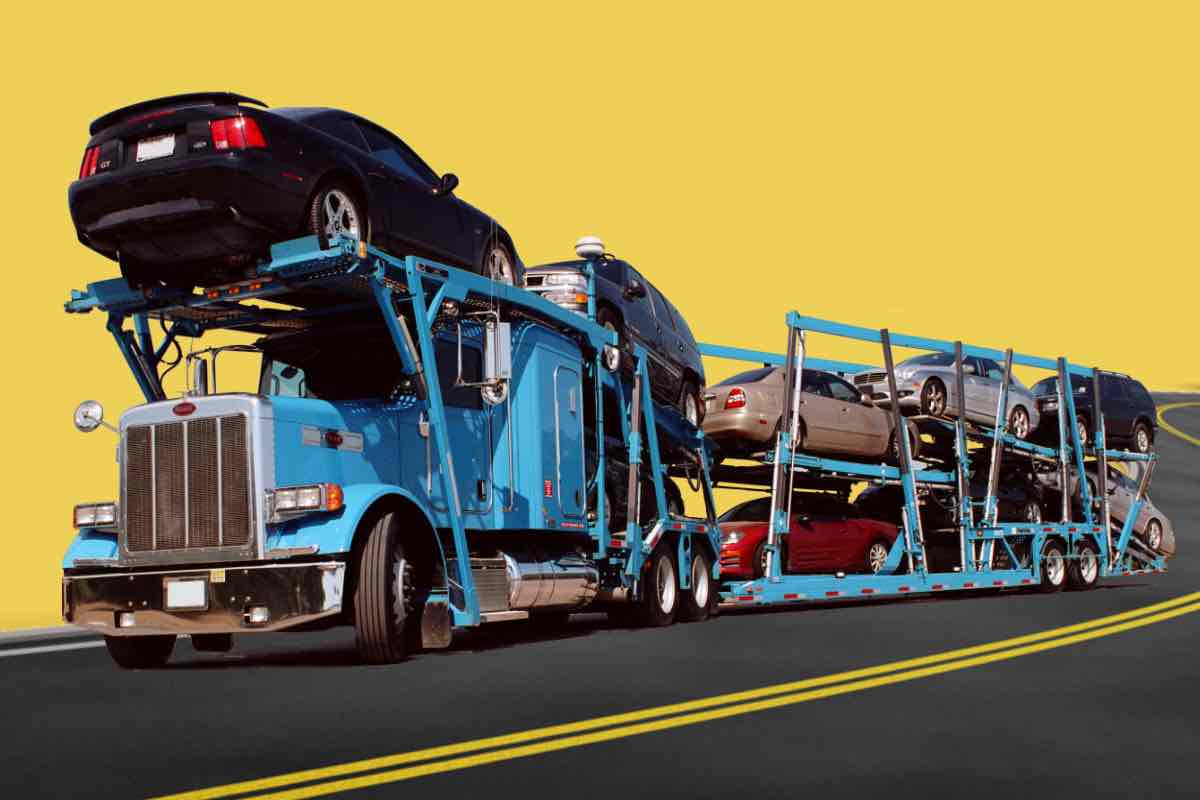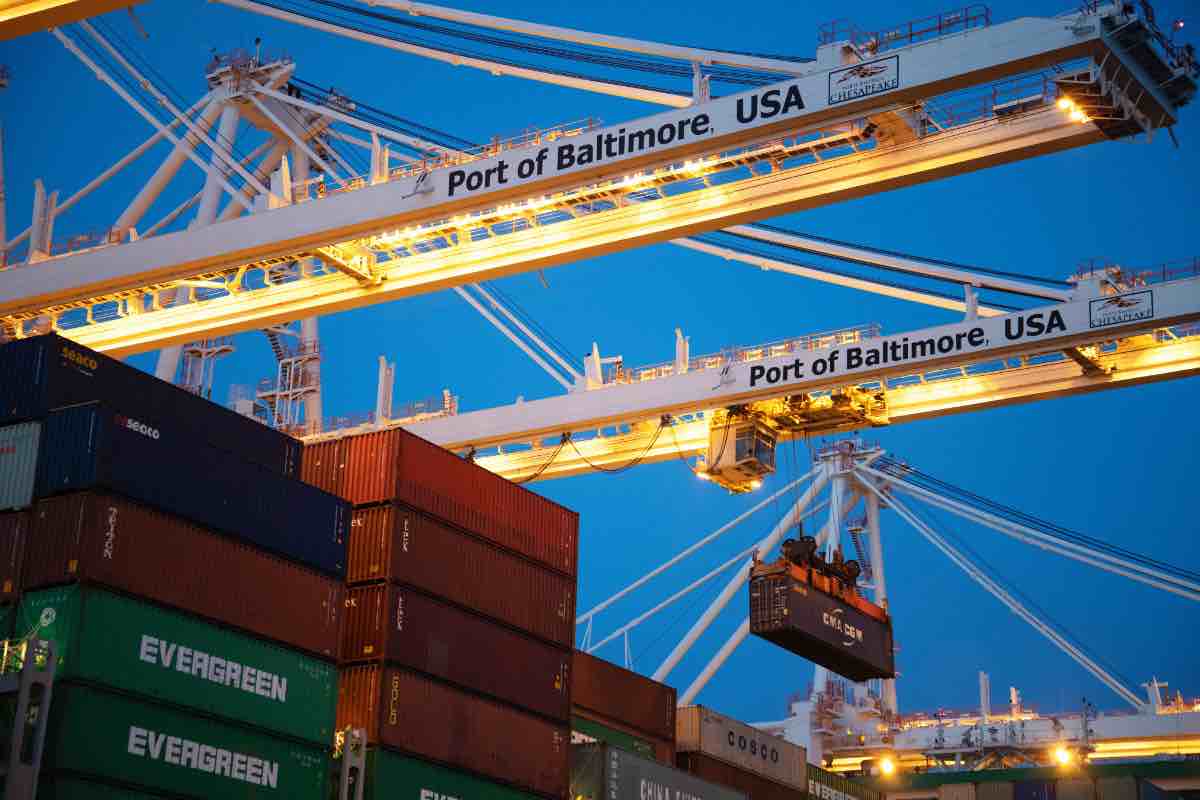A vehicle in running condition is always easier to transport as it can simply be driven directly into a trailer or onto a carrier. But, what about a non-running vehicle? Whether this vehicle has mechanical issues or you’ve simply lost the keys, your vehicle can still be transported.
So, What’s Considered A Non-Running Vehicle?
Any vehicle that cannot roll, brake or steer will be considered an Inoperable or Non-Running vehicle. Be prepared for a slightly more involved shipping process if your vehicle has one or more of these issues:
- The keys are lost or damaged
- The battery is dead
- The vehicle doesn’t have wheels or the tires are flat
- The vehicle doesn’t steer safely
- The vehicle doesn’t have adequately working brakes
Shipping vehicles that do not run can be a more complicated process as it involves different procedures, training and equipment. Each case would be unique; some cars do not start, other have no wheels or cannot roll due to collision damage. Because of this, it is best to discuss the matter in detail prior to booking.
Not all Carriers / Transporters will have the expertise or equipment necessary to handle inoperable vehicles. However, your broker should be able to provide you with numerous options to choose from, given that the condition of your vehicle has been accurately discussed during the booking process.
Options for Loading your Non-Running Vehicle
- Winch
If your vehicle can roll, brake and steer, then a winch will be used for loading. Not all Transporters will have a winch, which will mean that your choice of Carriers may be more limited. - Forklift and/or Liftgate
Should your vehicle be unable to roll, brake or steer, a forklift or liftgate may be used to manoeuvre your vehicle safely onto a trailer.
How is Your InOperable Shipped?
- Open Auto Transport
Your chosen hauler will pull your vehicle onto the trailer using a manual or hand cranked winch. This trailer is completely open which will mean that your vehicle will not be protected from road debris or the elements. - Enclosed Auto Transport
Your vehicle will be loaded into an enclosed carrier using a liftgate or forklift. Liftgates are especially useful for low-clearance vehicles. An enclosed carrier offers complete protection from road elements and weather conditions.
Top Tips for Shipping a Non-Running Vehicle
Hire the right company. Safe loading and unloading of an inoperable vehicle requires special training and experience. Ensure that the Carrier you choose has a good track record in shipping inoperable vehicles.
Report your vehicle’s condition upfront. Always inform your agent or advisor that your vehicle is inoperable when making a booking. This will allow your transport company to accurately prepare for your shipment.
Know what is wrong with the vehicle. Does your car roll? Does it brake? Can it steer? Knowing why your vehicle doesn’t run may allow for your Advisor to make suggestions for cheaper or more appropriate shipping options. If the problem is an easy fix, such as a dead battery or flat tires, it may be more cost efficient to fix these issues and ship your vehicle with a standard transport company.
Prepare your vehicle for shipping. Secure all loose parts on the vehicle. Repair any fluid leaks or, at the very least, inform your driver of these leaks prior to loading.
With the right planning and expertise, shipping any inoperable, non-running vehicle can be arranged. Your Yellowfin Advisor would be happy to assist. Reach out via phone, email or text. You can also reach out Customer Services department at (888) 223-5038 toll free.




